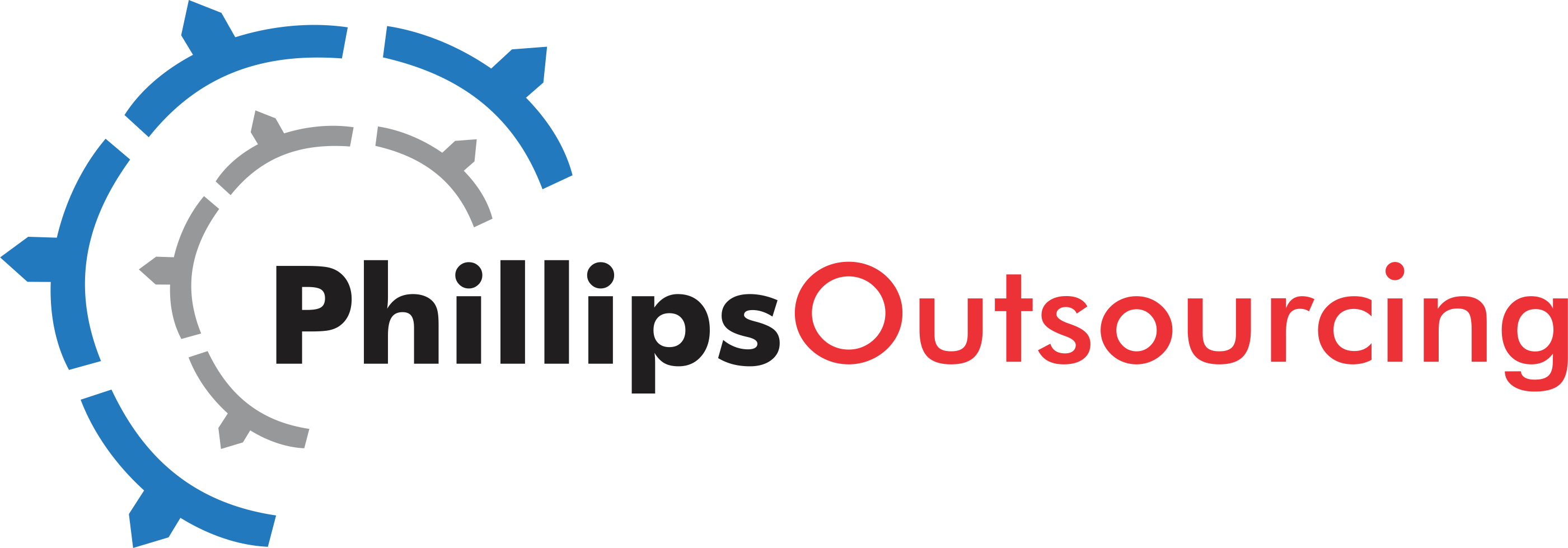

Workplace automation refers to using systems to perform predictable and repetitive tasks without direct human input. This enables companies to simplify tasks and provide a better experience for their employees.
Automation cannot replace the workforce, it would however increase productivity, by enhancing your workforce.
Workplace automation can be done in most modern work responsibilities. This may be as simple as a rule set on outlook for organizing email or using OCR to scan and extract information. It may also be as advanced as developing software or using off-shelf software to automate a particular process.
Here are a few activities that automation will help in reducing work time by at least 30%
Organizing Emails
Talent Acquisition and Hiring
Email Marketing
Customer Service
Sales process Automation
HR Process Automation
Onboarding
Employee Analytics
Call Centre Operations
One of the most amazing benefit of smart technologies and processes is that they allow us to do more things faster, here are a few benefits of workplace automation.
Increases employee productivity
Reduces human error
Saves money and time
Increases safety at work
Improves work consistency
Remote Friendly
Clear process definition
Operation Standardization.
Adopting workplace automation can have some challenges depending on existing infrastructure, the nature of the job and organizational structure and culture.
Training
Initial costs
More security needed
Less flexibility
Different Digital transformation or automation expert may have a varying approach to workplace automation, however in general, adopting workplace automation often follow these processes.
At Phillips Outsourcing Limited, we developed proprietary software to automate and standardize all our HR, talent sourcing and management processes.
We also offer training services that upskill your staff andincrease their performance.
Would you be interested in learning more about what we do and how we can help your organization utilize workplace automation?
You can take advantage of our Payroll, HR Outsourcing, Recruitment and Training services to reap the benefits of workplace outsourcing.
Kindly use the form below to book a virtual appointment with us.
Input your search keywords and press Enter.